It’s about time to prepare for your graduation project, right?


Compared to how to do it, I think the hardest part is deciding on a topic.

Today, let’s take a look at which microcontrollers can be used for graduation projects (we won’t talk about SoCs, although SoCs and microcontrollers can actually be categorized into one big category).
I will rely on my limited experience to rate a few microcontrollers that I have used, on a scale of five stars, for reference. This is purely my personal opinion; feel free to agree or disagree.
STC89C52 (8051)
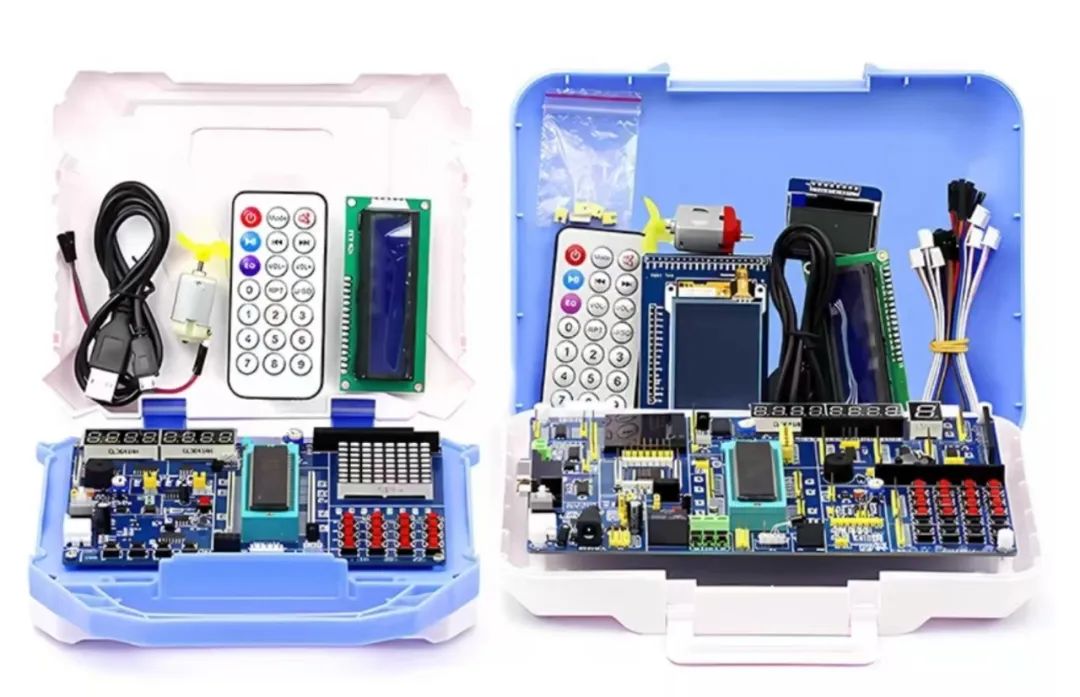
Recommendation: ★★☆
The classic 51 microcontroller; I believe many of you bought a common development board and started learning with Jiang University or Guo Tianxiang.
The biggest advantage of this microcontroller is its simplicity and the abundance of online resources. Although it’s a graduation project, copying and pasting is quite common, and you can easily find 51 code that can be used with a simple adaptation.
However, its performance is relatively poor, and it may not be able to implement many functions for a graduation project. Additionally, due to its basic nature, it might be looked down upon by supervisors. Of course, I’m not saying it’s bad; if you can achieve the same functions as other higher-performance microcontrollers using the 51, doesn’t that show your superior ability?
So overall, I give it two and a half stars; I don’t really recommend it for graduation projects.
STC32 (8051)
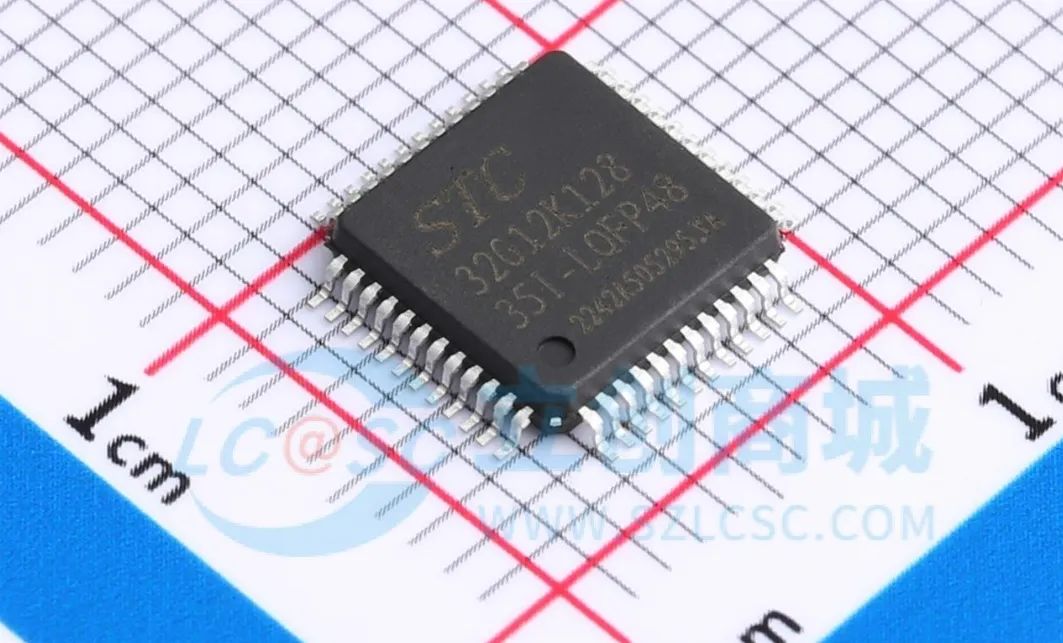
Recommendation: ★★★☆
Still an 8051 microcontroller, but it’s 32-bit, and the STC32G claims to be 70 times faster than traditional 8051.
If you understand the STC89C52, then using this microcontroller will be quite easy.
Currently, I am updating the library function tutorial for STC32G12K, and I have previously open-sourced the core board for this chip, which is a hands-on guide, so you don’t have to worry about not being able to use it. I plan to record video tutorials soon.
All free, truly powered by love!
Friends can look back or search to find the corresponding tutorials.
I give this microcontroller three and a half stars, one more than the STC89C52, mainly for its performance.
STM32
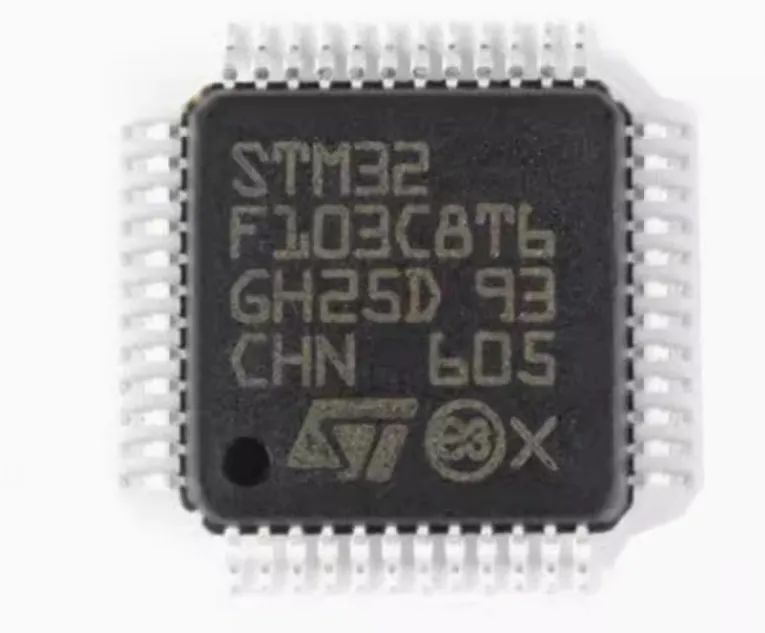
Recommendation: ★★★☆
The classic STM32 model, STM32F103C8T6, with an M3 core, has sufficient peripheral resources.
There are many online tutorials, from Jiang University, ZDAtom, and YeHuo, including tutorials I have produced (both articles and videos, but the video updates have stopped because I feel there’s no need; there are already too many resources online).
Like the STC89C52, it’s classic teaching material, so there’s no need to worry about not being able to learn it, and you can find plenty of code online to copy and modify.
However, this is also a double-edged sword; because it’s too classic, it won’t impress supervisors. But you can choose a different model; it doesn’t have to be the F103; many other models are also very good.
I recommend three and a half stars, the same as the STC32, because while one is 51 and the other is ARM, in most cases, they can accomplish similar tasks, and the 51’s operations are even simpler, hence the same rating.
ESP32
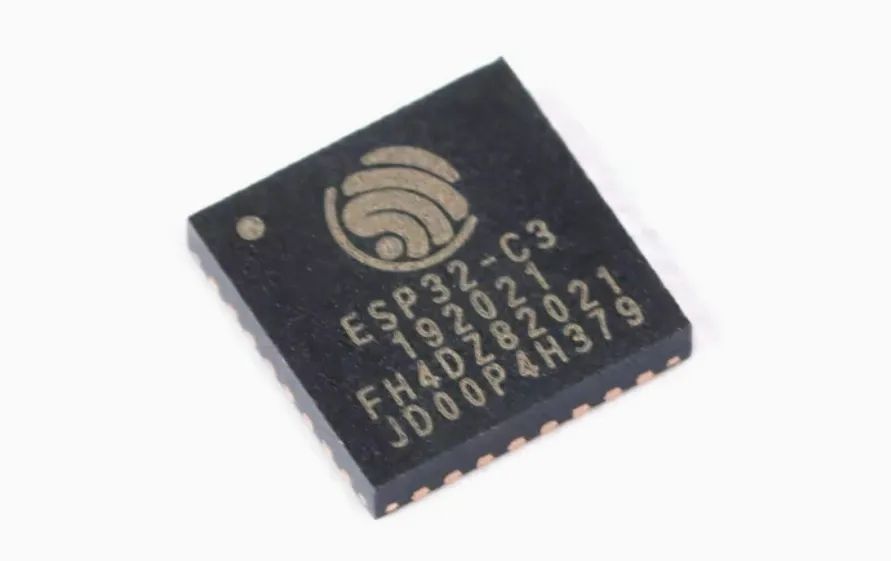
Recommendation: ★★★★★
My favorite microcontroller; I admit that giving it a full score has some personal preference involved, but it is indeed very user-friendly.
There are many models, with the S3 being dual-core, a clock frequency of up to 240MHz, and supporting various peripherals and 45 GPIOs. Most importantly, it comes with WiFi and low-power Bluetooth (BLE), and when using ESP-IDF, it even includes FreeRTOS, so when you introduce your project to your supervisor, you can mention that it runs on a real-time operating system.
If low power consumption is required (to be honest, for a graduation project, you probably don’t need to worry about power consumption), you can use the C series of ESP32, with ESP32C3 being single-core, a maximum frequency of 160MHz, also supporting WiFi and BLE, and low power consumption.
I have also open-sourced the core board for ESP32C3, and will release another one soon.
The ESP-IDF tutorial has also been completed; you can look back at my articles or search for ESP-IDF.
All free, powered by love, from drawing boards to programming, a full chain of teaching; no worries about not being able to learn!
There are also tutorials for ESP8266; I include it here because they are all from Espressif, and I also recommend ESP8266.
I have seen many projects using STM32 + ESP8266, where ESP8266 is used for networking; that’s fine, but why not use ESP32 directly? It not only performs better than STM32F103 but also comes with WiFi and Bluetooth.
Giving ESP five stars is not arbitrary; to summarize, first, it has good performance and high frequency, second, it has many peripheral resources, including built-in WiFi and Bluetooth, and third, it’s very easy to use, with many related projects online that can be directly copied.
Arduino
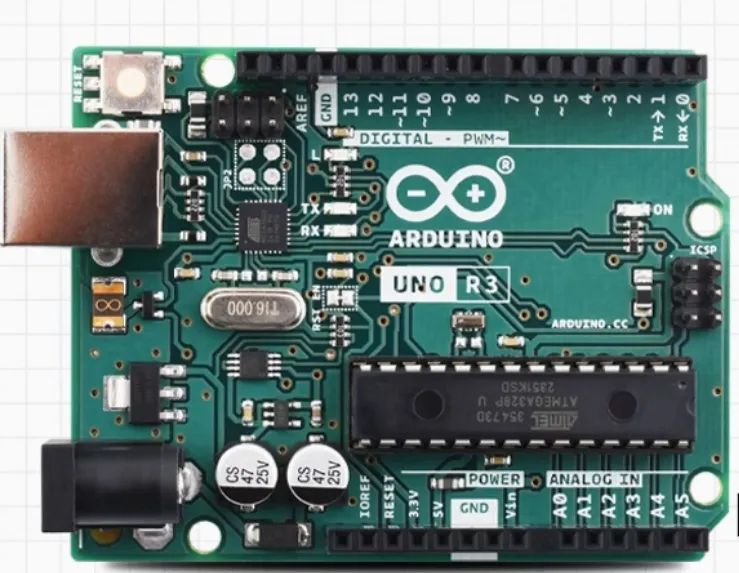
Recommendation: ★★☆
Very easy to use; Arduino is well-packaged, and you can accomplish tasks that would take dozens of lines of code on other microcontrollers in just a few lines.
It’s very suitable for beginners, so I give it only two and a half stars and don’t recommend it much.
Because its performance is relatively poor, and it has fewer IO ports, it might not be sufficient for a graduation project.
Moreover, the original price is quite high, but fortunately, domestic alternatives have driven the price down.
In summary, I do not highly recommend it, but if your foundation is indeed weak, then Arduino might be the quickest board for you to complete a physical project.
GD32
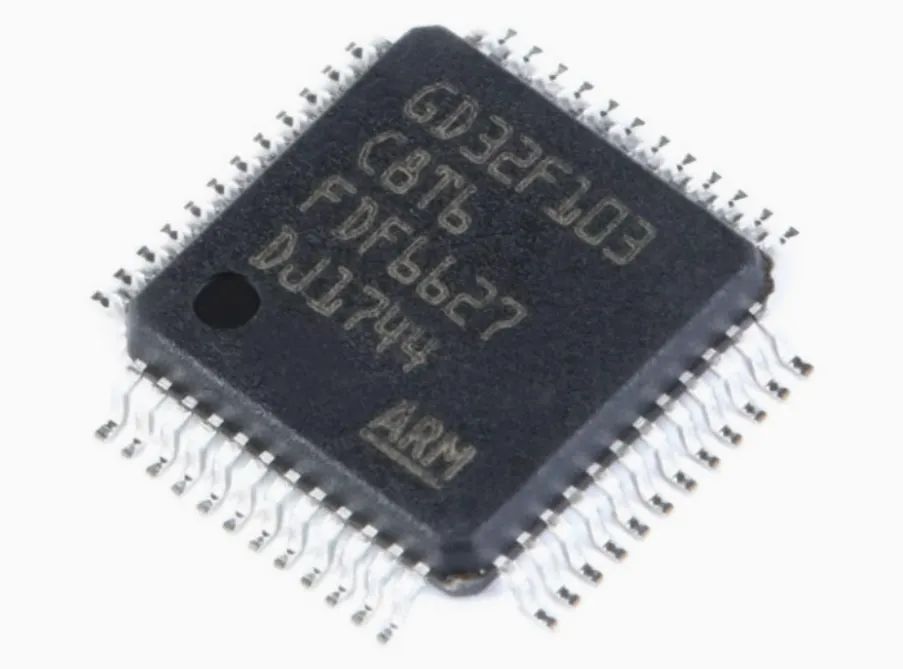
Recommendation: ★★★☆
A domestic chip that can seamlessly switch with STM32 and is cheaper than STM32.
The key point is, if you use GD32 for the same graduation project while others use STM32, even if your functions are identical, since STM32 has become stale for supervisors, introducing GD32 will surely impress them, and your score could be higher.
However, compared to STM32, GD32 might have slightly fewer online resources (relative to STM32, actually not hard to find), so I rate it three and a half stars, the same as STM32.
By the way, I have also written tutorials for GD32; interested friends can check them out.
RA
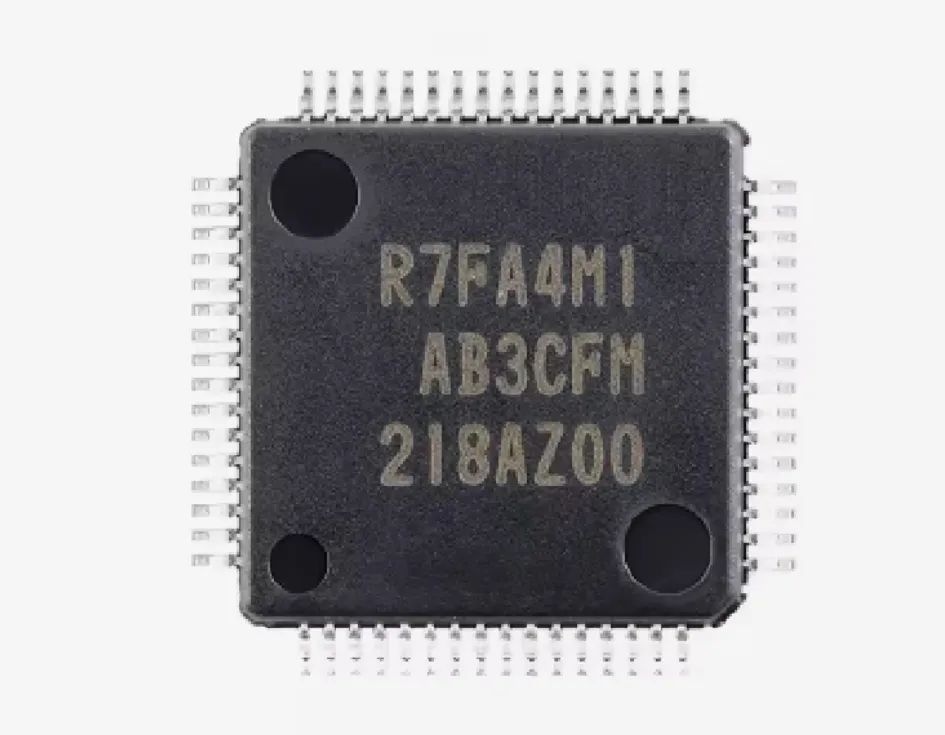
Recommendation: ★★★☆
Renesas chips from Japan. I feel that in the same price range, they might outperform STM32, but like GD32, the issue is that online resources are not as plentiful as STM32.
I previously published an article on configuring the programming environment for Renesas, but my cloud storage suddenly deleted my uploaded materials. Since I haven’t used Renesas chips much, I deleted them locally and don’t feel like looking for the materials again.
To this day, I still occasionally get messages from friends asking about the missing materials, highlighting the challenges in configuring Renesas environments.
However, putting that aside, using Renesas chips for graduation projects is still feasible; their performance is decent.
These are the microcontrollers mentioned in my article; friends can refer to them.
Below is a simulation website; if you’re unsure which microcontroller to use, you can try it here to see which one suits you best.
https://wokwi.com/
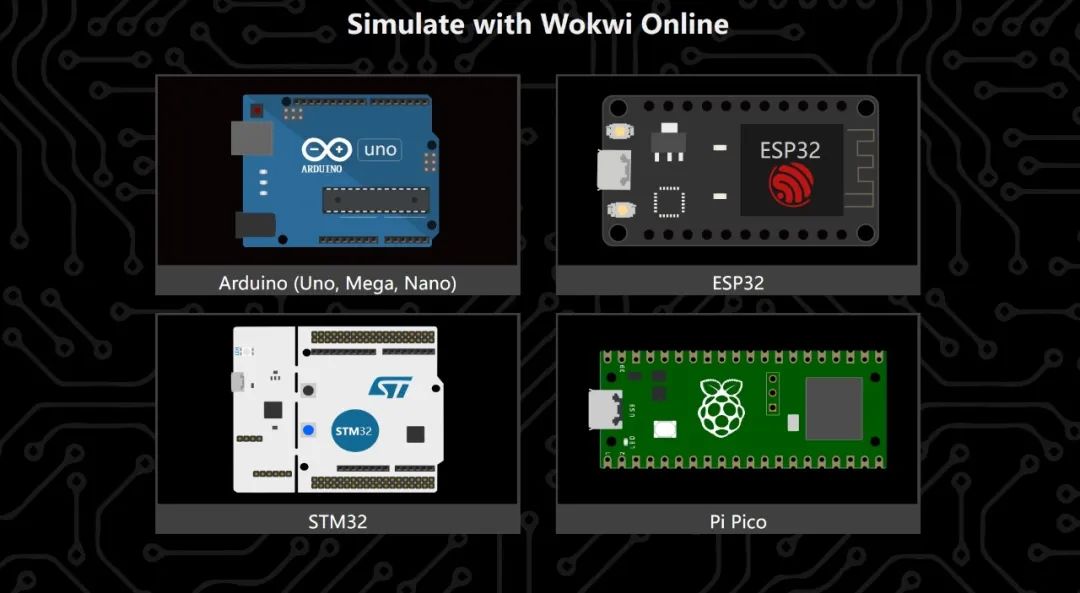
I wish all friends can successfully complete their graduation projects. If you encounter any problems, feel free to message me; I check messages a few times a day.
In a few days, I will publish another article on sensors useful for graduation projects.